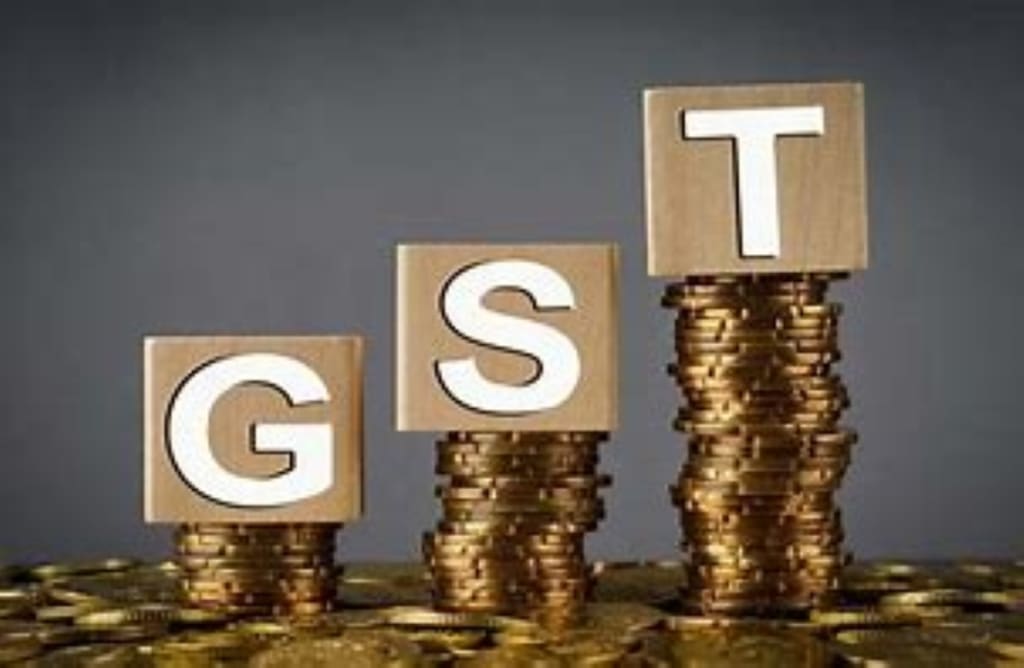
Introduction:
Goods and Services Tax (GST) is a significant indirect tax reform that has been implemented in many countries around the world. It is designed to simplify the tax structure, promote transparency, and boost the overall economy. In this blog, we will delve into the world of GST, exploring its key concepts, benefits, challenges, and its impact on businesses and consumers.
How does GST work?
Taxable events and transactions
Input tax credit mechanism
Different types of GST: CGST, SGST
Benefits of GST:
Streamlined tax structure
Reduction in tax evasion
Elimination of cascading effects
Boost to interstate trade
Increased compliance and transparency
Challenges and criticisms of GST:
Initial implementation challenges
Compliance and administrative burden
Impact on small businesses
Tax rate structure and classification issues
Transition challenges for specific industries
GST and businesses:
GST registration process
Input tax credit and its importance
GST returns and compliance
Impact on pricing and profit margins
Strategies for managing GST effectively
GST and consumers:
Impact on prices of goods and services
Changes in consumer behavior
Increased availability of tax credits
Impact on different sectors like real estate, hospitality, and e-commerce
GST reforms and future developments:
Updates on recent GST reforms
Potential areas of improvement
Global trends in GST implementation
Digitization and technology-driven change
TYPES OF GST
CGST
CGST stands for Central Goods and Services Tax. It is a component of the Goods and Services Tax (GST) system implemented in India. CGST is levied on intra-state supplies of goods or services, meaning transactions that occur within the boundaries of a single state or union territory in India.
Purpose: CGST is collected by the central government to replace various indirect taxes that were previously levied by the central government, such as Central Excise Duty, Service Tax, and Central Sales Tax.
Tax Rate: CGST is imposed at a specific rate determined by the government. The rates may vary for different goods and services or based on their classification under the GST tax structure.
Revenue Collection: The revenue collected through CGST is shared between the central and state governments. The central government receives the CGST portion, while the state government receives the SGST (State Goods and Services Tax) portion.
Input Tax Credit: Registered businesses can claim Input Tax Credit (ITC) for the CGST paid on their purchases of goods or services. This allows them to offset the tax they have paid while making taxable supplies.
Administration: CGST is administered by the Central Board of Indirect Taxes and Customs (CBIC) under the authority of the Central Government of India.
SGST
SGST stands for State Goods and Services Tax. It is a component of the Goods and Services Tax (GST) system implemented in India. SGST is levied on intra-state supplies of goods or services, which means transactions that occur within the boundaries of a single state or union territory in India.
Purpose: SGST is collected by the state government to replace various indirect taxes that were previously levied by the state governments, such as Value Added Tax (VAT), Sales Tax, and Entertainment Tax.
Tax Rate: SGST is imposed at a specific rate determined by each state government individually. The rates may vary between states or depending on the classification of goods and services under the GST tax structure.
Revenue Collection: The revenue collected through SGST is retained by the state government where the supply of goods or services takes place. It helps the state governments to generate revenue for their expenditure and developmental activities.
Input Tax Credit: Registered businesses can claim Input Tax Credit (ITC) for the SGST paid on their purchases of goods or services. This allows them to offset the tax they have paid while making taxable supplies within the state.
Administration: SGST is administered by the respective State Tax Authorities under the authority of the State Governments in India.
Conclusion:
Goods and Services Tax has emerged as a transformative tax system in several countries, simplifying the tax structure, promoting transparency, and enhancing overall economic growth. While it has brought numerous benefits, challenges persist. Understanding GST is crucial for businesses, consumers, and policymakers alike. By staying informed about its intricacies, we can navigate the GST landscape more effectively and harness its potential for economic progress.
About the Creator
Enjoyed the story? Support the Creator.
Subscribe for free to receive all their stories in your feed. You could also pledge your support or give them a one-off tip, letting them know you appreciate their work.





Comments (1)
nice content